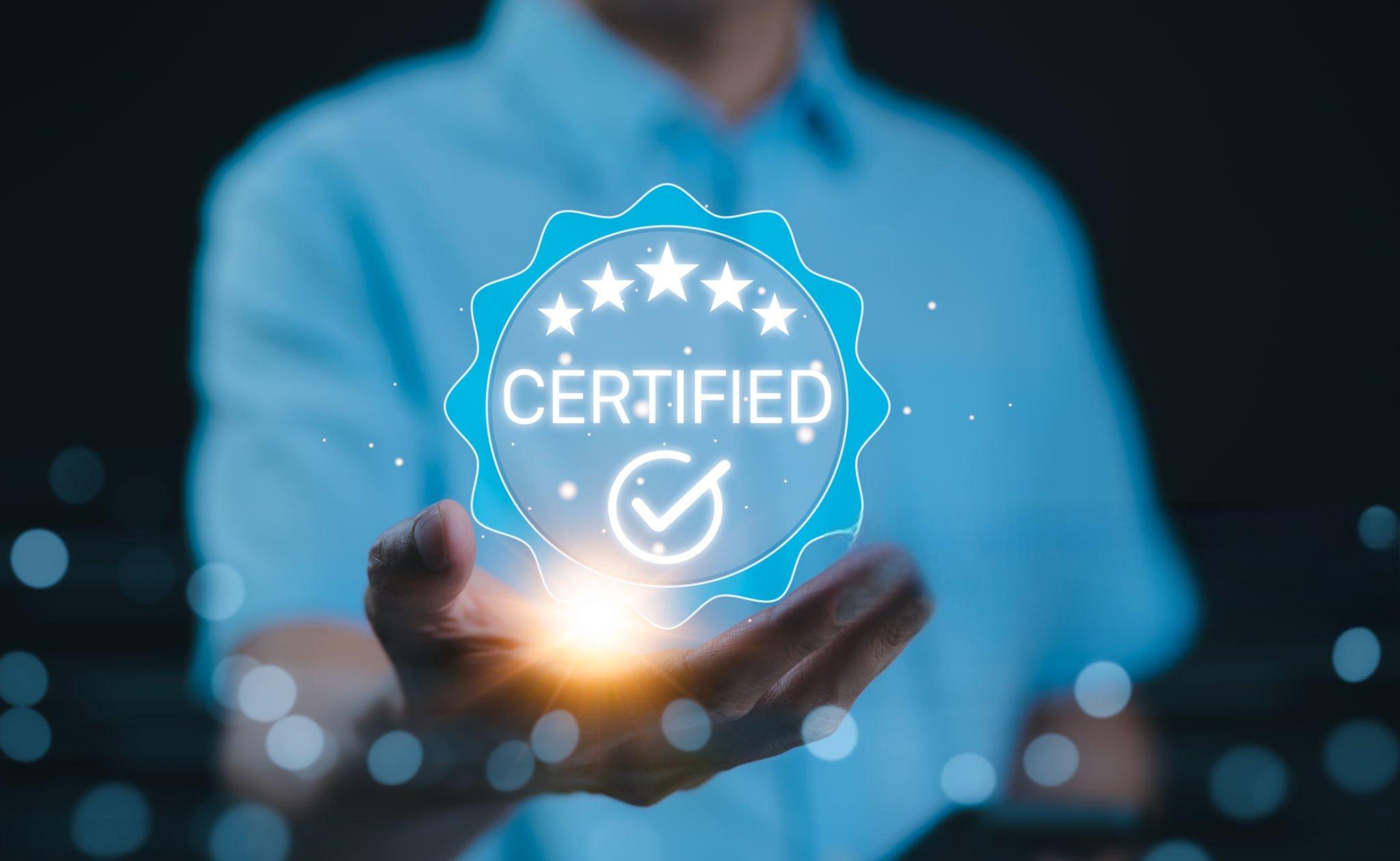Dealing with certified translations for official documents isn't always straightforward, especially when you're jumping between US and European rules. I've seen plenty of folks get tangled up in the details, whether it's for visa applications or business deals abroad. The key terms here—"认证文件翻译" for certified document translation and "证件翻译" for translating certified docs—boil down to making sure your paperwork holds up under scrutiny. To keep things practical and easy to find online, I'll lay this out in an FAQ style, pulling in solid data from reliable sources to back it up.
Breaking Down Certified Document Translation
At its core, this process means taking something official, like a passport, degree, or court order, and translating it accurately while attaching a certification that swears to its fidelity. It's not just about word-for-word swaps; it's about preserving meaning so authorities don't question it. In the States, bodies like USCIS demand this for anything not in English, and over in Europe, it's often tied to sworn translators who carry official approval.
From what the American Translators Association reported in their 2023 survey, mishandled translations account for roughly 80% of immigration hiccups in the US. Meanwhile, Eurostat's 2024 figures show the EU handling about 1.2 million certified docs each year, many crossing borders under frameworks like the Hague Apostille Convention. These numbers highlight why getting it right matters—delays can cost time and money.
FAQ: Clearing Up US and European Standards
1. How does certified translation differ from a notarized one?
Certified means the translator signs off on the accuracy, including their credentials and a statement like "This is a complete and accurate translation." Notarization adds a notary's stamp verifying the translator's identity, which isn't always needed but amps up trust. USCIS guidelines say certification alone works for most submissions, but a 2022 ATA poll of lawyers found 65% push for notarization in cross-border disputes to avoid challenges.
In Europe, it's often baked in—think Spain's traductores jurados or France's experts judiciaires, who operate under court oaths. The European Commission's e-Justice site notes that for things like "证件翻译" in visa processes, an apostille might be required per the 1961 Hague rules, ensuring docs are recognized without extra hoops.
2. Who's qualified to handle these translations?
In the US, it's open to competent pros, but sticking with ATA-certified translators is smart—they pass tough tests in specific languages. The Bureau of Labor Statistics pegged the industry's growth at 4% yearly in 2023, with demand spiking for certified work in law and medicine.
Europe leans stricter: Countries like Germany use BDÜ-registered sworn translators, and the UK's CIOL provides similar creds. A 2024 ELIA study revealed 92% of EU firms opt for these regulated experts in "认证文件翻译" to dodge regulatory snags, building on years of standardized practices.
3. Which docs usually need this level of certification?
Expect it for birth certs, diplomas, medical histories, or contracts. USCIS's I-485 form spells out the need for certified foreign docs, and a 2021 GAO review flagged poor certifications as delaying 40% of naturalization apps.
For Europe, it's essential in EU-wide programs like the Blue Card or family reunifications. Under Regulation (EU) 2016/1191, public docs get streamlined, but non-EU languages still call for certified "证件翻译." I recall a 2023 Spanish court mishap covered in Legal Week where an uncertified contract led to hefty appeal fees—real proof that skimping isn't worth it.
4. What's the typical timeline for getting this done?
It depends on the doc's length and urgency. In the US, straightforward ones might wrap in a day or two, with ATA estimating $0.10 to $0.25 per word plus $25-50 for cert. USCIS urges early filing, given their 2022 backlog hit 1.2 million cases.
European sworn translations often take 3-7 days for stamping, though Germany's BDÜ says digital tools have shaved off 30% since 2020. My advice? Get a quote upfront, especially if you're dealing with multiple languages or tight deadlines.
5. Are there rules for accuracy and how the translation looks?
Yes—keep the format close to the original, translating everything from text to seals. USCIS insists on no shortcuts, and Boundless's 2023 data shows 25% of petitions get RFEs over errors.
In Europe, the CCBE stresses context-aware work in "认证文件翻译," where a wrong nuance can tank a case, like in that 2022 EU Court ruling on contract terms. Go with translators who know both legal worlds to stay safe.
6. What if your certified translation gets bounced?
Common culprits: missing details or inaccuracies. US side, fix and resubmit to USCIS—the Migration Policy Institute says 70% of follow-ups pass if quick.
Europe offers appeals via e-Justice or local bodies. Better yet, partner with pros to head off issues.
7. Can tech like AI speed this up?
AI helps with drafts, but certification demands human review—Gartner's 2024 insights warn 85% of solo AI efforts flop on compliance. Blend tools with skilled oversight for solid "证件翻译."
All said, mastering these standards smooths out international moves. If you're hunting for a reliable outfit, Artlangs Translation stands out with their mastery across 230+ languages. They've built a strong rep over the years in core translation, plus specialties like video and game localization, short drama subs, multilingual audiobook dubbing, and data transcription/annotation. Their pile of successful projects speaks to the hands-on experience that makes complex cert work feel manageable.











